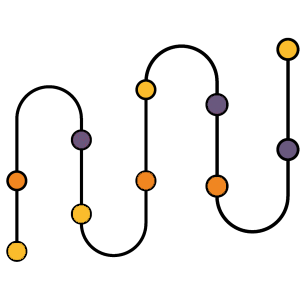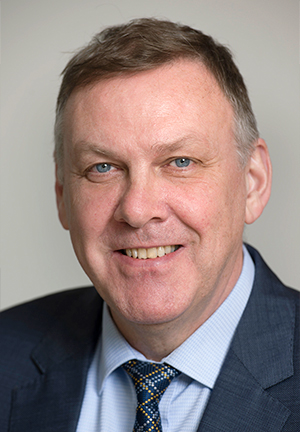Menu
Close

Planet Youth is a 10-step process that guides communities annually or biennially through community capacity building, implementation, and reflection and repetition. These core 10 steps are heavily informed by the five guiding principles. Although there can be some variation in how individual communities implement each step, completing each step is essential to engaging community efforts to prevent substance use among young people.

Steps 1 through 3 focus on building and maintaining community capacity for implementation of Planet youth. Steps 4 through 9 focus on implementing a process designed to focus community attention and to maximize community engagement in creating a social environment in which young people become progressively less likely to engage in substance use. Finally, Step 10 focuses on the iterative, repetitive, and long-term nature of Planet Youth and provides an opportunity to reflect on the process.
Two articles are available in open access:
The Guiding Principles
The Steps to Implementation
The two articles are available now in an open access on PDF format for download on the sagepub.com website.
Article 1
Article 2
The two practice-based articles concerning the background, guiding principles and steps to implementing the Icelandic Model of Substance use Prevention, have been officially released by the journal, Health Promotion Practice.
The articles are in open access so please feel free to distribute widely for non-commercial purposes.
Official in-print publications are set for January 2020 on the 20th anniversary of HPP.

Alfgeir L. Kristjansson
West Virginia University School of Public Health, Morgantown, WV, USA

Michael J. Mann
Boise State University, Boise, ID, USA

Jon Sigfusson
Reykjavik University, Reykjavik, Iceland

Ingibjorg E. Thorisdottir
Reykjavik University, Reykjavik, Iceland

John P. Allegrante
Columbia University, New York, NY, USA

Inga Dora Sigfusdottir
Reykjavik University, Reykjavik, Iceland
Adolescent substance use—the consumption of alcohol, tobacco, and other harmful drugs—remains a persistent global problem and has presented ongoing challenges for public health authorities and society. In response to the high rates of adolescent substance use during the 1990s, Iceland has pioneered in the development of the Icelandic Model for Primary Prevention of Substance Use—a theory-based approach that has demonstrated effectiveness in reducing substance use in Iceland over the past 20 years. In an effort to document our approach and inform potentially replicable practice-based processes for implementation in other country settings, we outline in a two-part series of articles the background and theory, guiding principles of the approach, and the core steps used in the successful implementation of the model. In this article, we describe the background context, theoretical orientation, and development of the approach and briefly review published evaluation findings. In addition, we present the five guiding principles that underlie the Icelandic Prevention Model’s approach to adolescent substance use prevention and discuss the accumulated evidence that supports effectiveness of the model. In a subsequent Part 2 article, we will identify and describe key processes and the 10 core steps of effective practice-based implementation of the model.
This is the second in a two-part series of articles about the Icelandic Model for Primary Prevention of Substance Use (IPM) in this volume of Health Promotion Practice. IPM is a community collaborative approach that has demonstrated remarkable effectiveness in reducing substance use initiation among youth in Iceland over the past 20 years. While the first article focused attention on the background context, theoretical orientation, evaluation and evidence of effectiveness, and the five guiding principles of the model, this second article describes the 10 core steps to practical implementation. Steps 1 to 3 focus on building and maintaining community capacity for model implementation. Steps 4 to 6 focus on implementing a rigorous system of data collection, processing, dissemination, and translation of findings. Steps 7 to 9 are designed to focus community attention and to maximize community engagement in creating and sustaining a social environment in which young people become progressively less likely to engage in substance use, including demonstrative examples from Iceland. And Step 10 focuses on the iterative, repetitive, and long-term nature of the IPM and describes a predictable arc of implementation-related opportunities and challenges. The article is concluded with a brief discussion about potential variation in community factors for implementation.